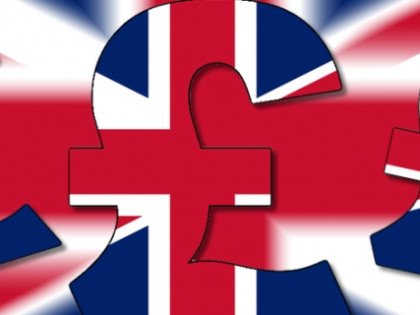ECigIntelligence is the leading provider of detailed global market and regulatory analysis, legal tracking, and quantitative data for the e-cigarette sector worldwide. It is published by Tamarind Intelligence, which also produces CBD-Intel and TobaccoIntelligence.
In some markets such as Canada, the US and Russia the battery and tank capacity of disposables increased dramatically between mid-2019 and the end of 2021 – tank capacity grew by around 500% in the US, for example.
But in markets where tank size is capped by law, consumers do not benefit from this growth, the ECigIntelligence Hardware Tracker shows. In the UK, for instance, both battery and tank capacity remained essentially static over the period.
Changes in Canada also highlight the impact of regulation on e-cigarette product design. There, battery power on open pod systems increased and coil resistance on basic kits decreased following introduction of the federal nicotine cap in July 2021: lower nicotine strengths require higher power output and lower resistance coils.
But sometimes technology can improve products despite regulatory limits. For instance, although the tank capacity of disposables in the UK barely grew at all in the period studied, increases in battery power have enabled more puffs.
And not all changes are down to regulation. For example, the ECigIntelligence Hardware Tracker shows that basic e-cigarette kits have been rapidly gaining features such as variable output and OLED screens, while there have been fewer changes to advanced and open pod kits.
“Our research highlights that while technology innovations and consumer demand of course play their part in the development of e-cigarette products, the role of regulation – whether stifling or enabling – remains key,” said Eva Antal, director of market analysis at ECigIntelligence.
References:
- ECigIntelligence - https://ecigintelligence.com/
Photo Credit:
Photo by Kumpan Electric on Unsplash
Dave Cross
Journalist at POTVDave is a freelance writer; with articles on music, motorbikes, football, pop-science, vaping and tobacco harm reduction in Sounds, Melody Maker, UBG, AWoL, Bike, When Saturday Comes, Vape News Magazine, and syndicated across the Johnston Press group. He was published in an anthology of “Greatest Football Writing”, but still believes this was a mistake. Dave contributes sketches to comedy shows and used to co-host a radio sketch show. He’s worked with numerous start-ups to develop content for their websites.
Join the discussion
Harm Reduction For The Rich
The United Kingdom risks becoming a harm reduction country only for the wealthy, according to Michael Landl of the World Vapers’ Alliance
Sacrificing Health For 2p Cut
Tory Government alienates vaping voters with its mission to cut tax by an unaffordable 2p to attract voters by placing a tax on vape products in the forthcoming budget
Scotland Announces Single-Use Vape Action
A ban on the sale and supply of single-use vapes in Scotland is due to come into effect on 1 April 2025, under proposed legislation published today
Industry Licensing Scheme Proposed
A vape industry licensing scheme will generate £50m+ per year to combat underage and illicit vape sales according to industry experts






-listing400.jpg)




